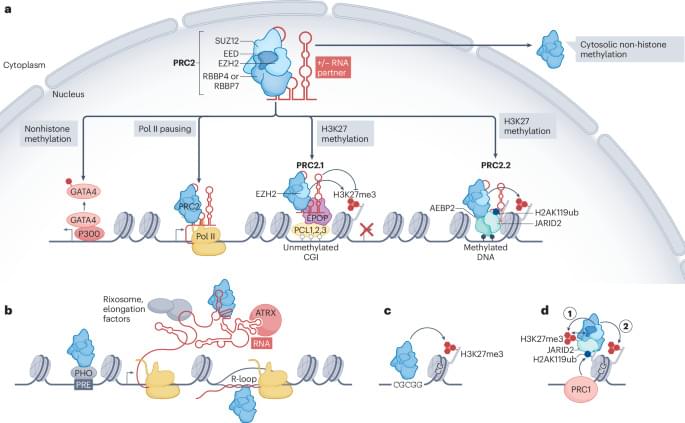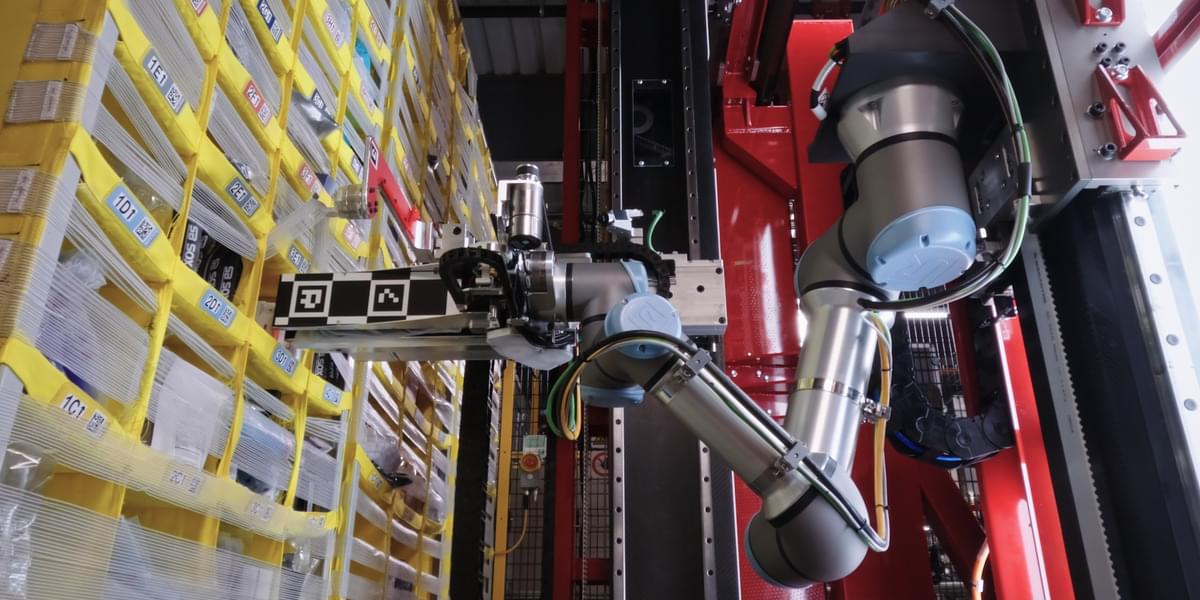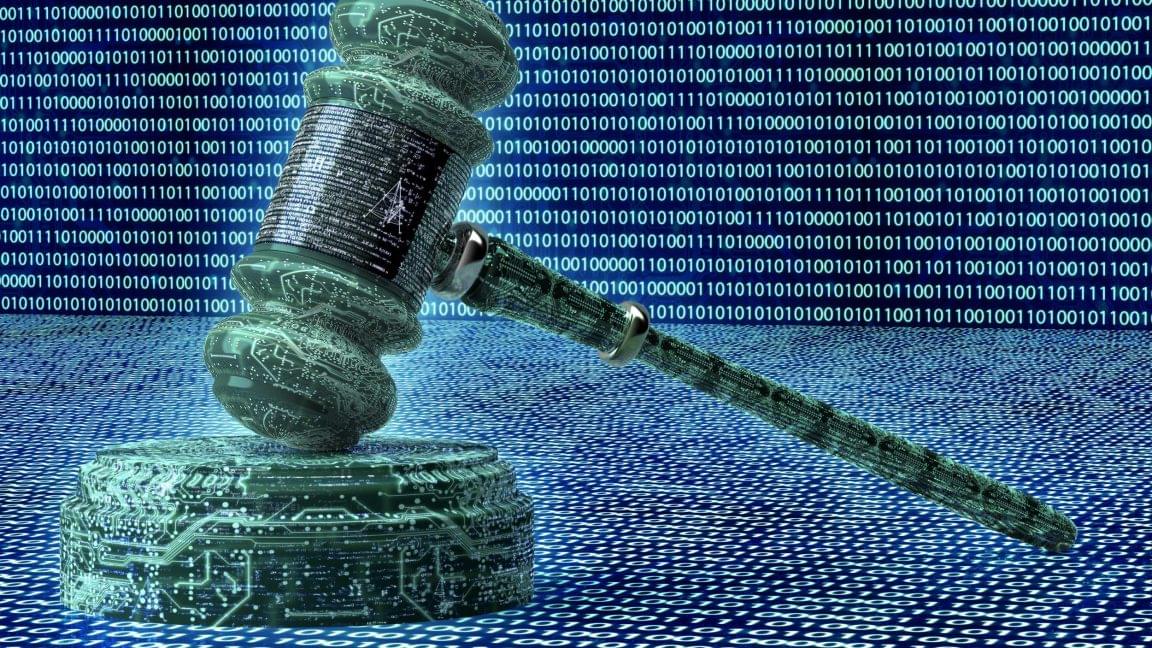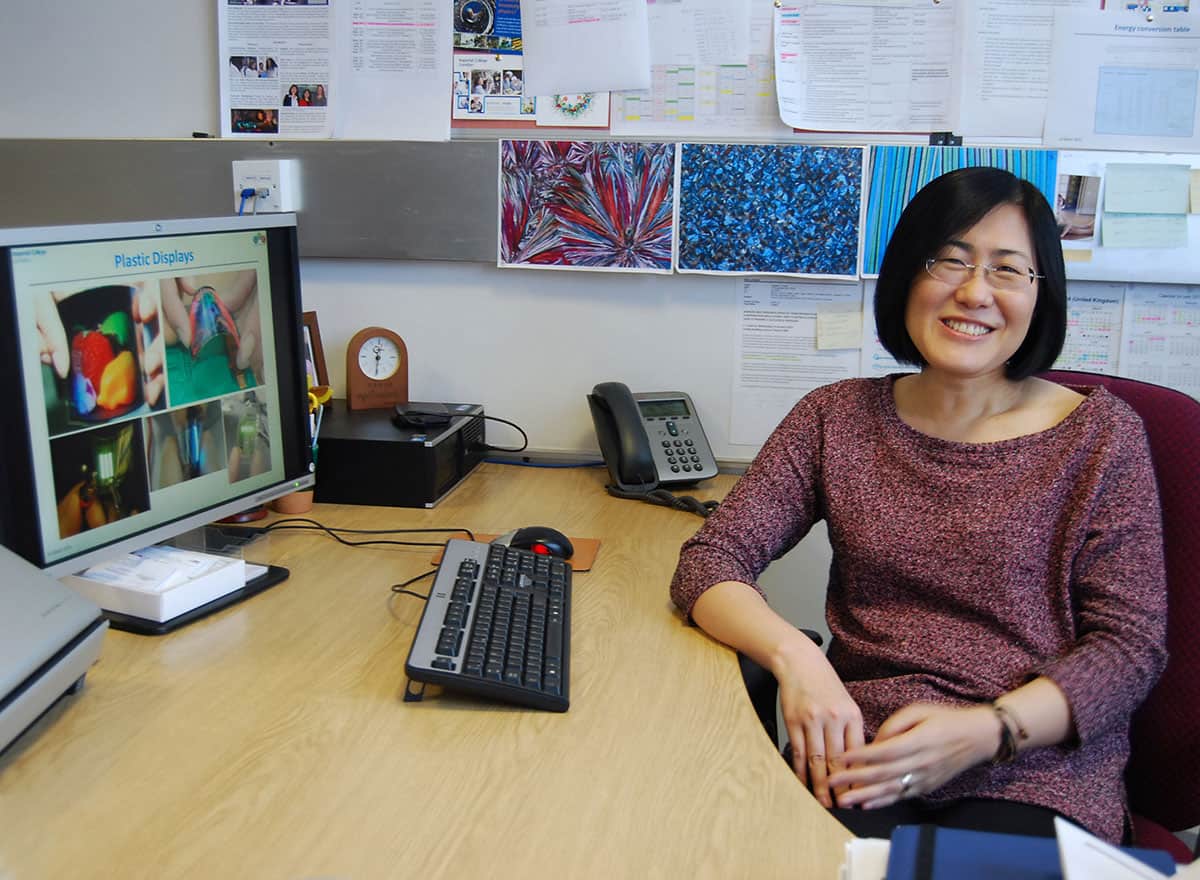Single-cell transcriptomics identifies type I and II interferons as regulators of cortical and medullary thymic epithelial differentiation.





One of AI’s leading researchers has a simple piece of career advice for young people worried about future-proof skills in the ChatGPT era: be curious.
“I think one job that will not be replaced by AI is the ability to be curious and go after hard problems,” Anima Anandkumar, a professor at the California Institute of Technology, said in an interview with EO Studio that aired on Monday.
“So for young people, my advice is not to be afraid of AI or worry what skills to learn that AI may replace them with, but really be in that path of curiosity,” Anandkumar added.




What makes us care about others? Scientists studying empathy have found that people are more likely to choose to empathize with groups rather than individuals, even though they find empathizing equally difficult and uncomfortable in both cases.
The scientists suggest that the sight of groups of people could offer more contextual information which helps people decide whether to empathize, and therefore increases the chances that they choose to do so.
“People’s willingness to empathize is different depending on who the target is: a single individual or a group of people,” said Dr. Hajdi Moche of Linköping University, Sweden, lead author of an article in Frontiers in Psychology.

In the urban parks of Barcelona, Spain, the calls of a tropical parrot fill the air. The bright green monk parakeet, native to South America, has found a new home in European cities. Monk parakeets thrive in huge colonies where they communicate with each other using many distinct sounds—offering scientists a unique window into understanding the interplay of individual social relationships with vocal variety.
For social animals, communication is a key that unlocks the benefits of group living. It’s well known that animals with more complex social lives tend to have more intricate ways of communicating, from the clicks and whistles of dolphins to the calls of primates. While this pattern is found broadly in many species, a new study on wild parrots drills deep into the social and vocal lives of individual birds.
Researchers at the Max Planck Institute of Animal Behavior (MPI-AB) analyzing the social networks of monk parakeets in Spain have uncovered how an individual’s social ties shape the calls these birds make.